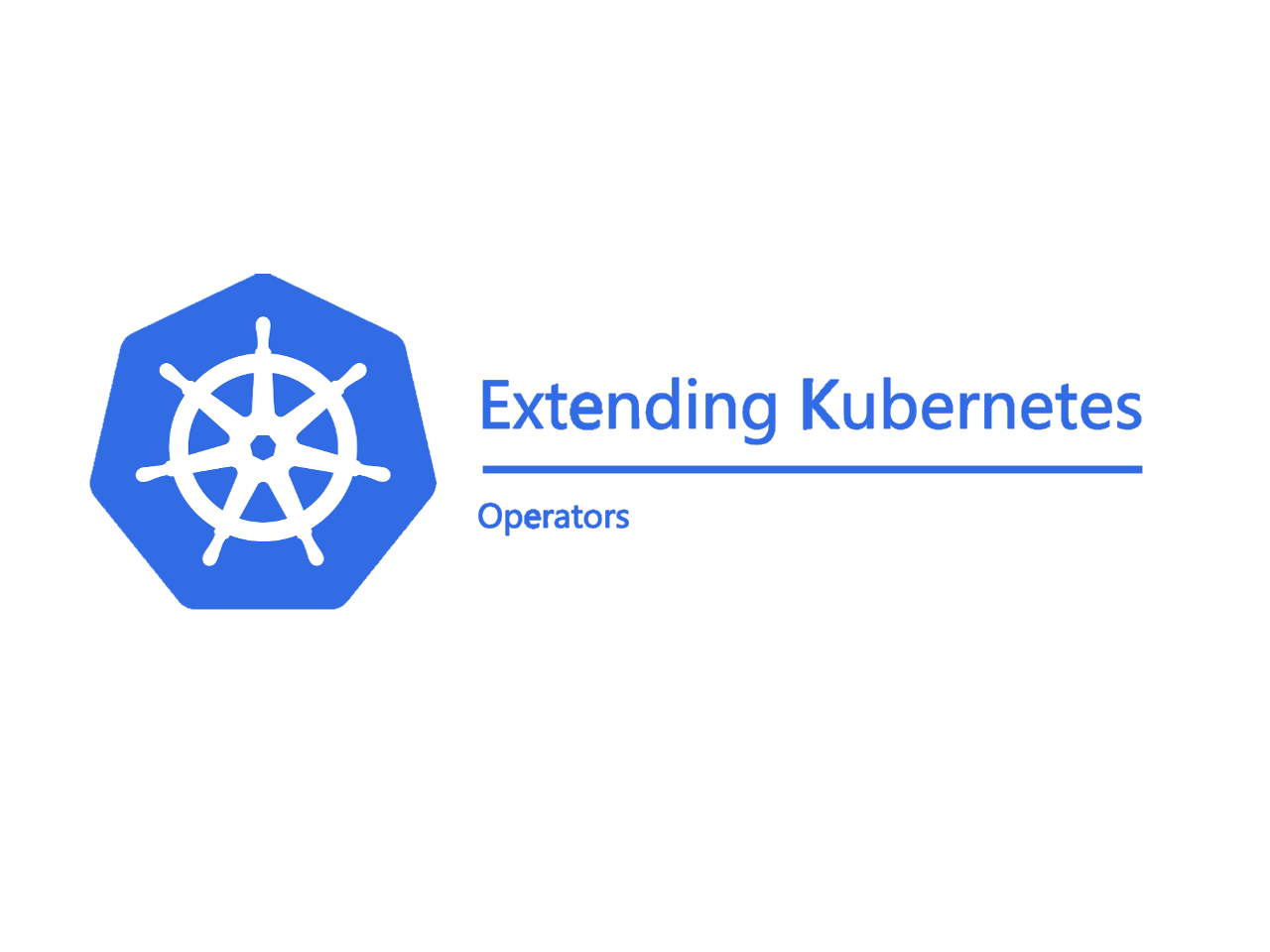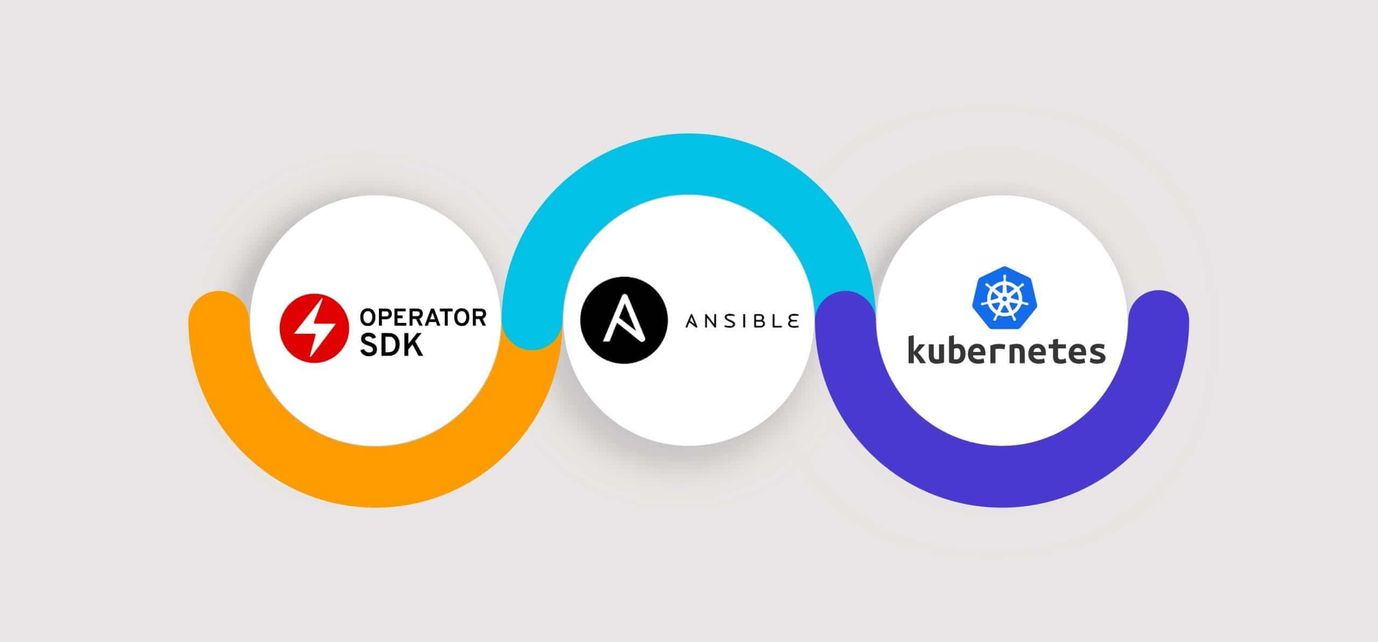Automation

Deployment Strategies for Microservices
Paid
Members
Public
Deploy and upgrade microservices efficiently using various deployment strategies, including rolling deployments and more advanced methods like canary and its variants.

Understanding Kubernetes Operators
Paid
Members
Public
Almost every Kubernetes tutorial speaks about how to quickly deploy a container in a pod and expose it as a service. Mostly these tutorials focus on stateless services and ignore a deeper explanation of state management in Kubernetes. But Kubernetes supports both types of deployments, the stateless deployments and stateful

Lab 🔬 A Practical kubernetes Operator using Ansible
Paid
Members
Public
Right around the time Red Hat [https://www.redhat.com/] was acquiring them, CoreOS [https://www.coreos.com/] announced the release of a new framework and development kit around a concept called “Operators [https://coreos.com/operators/]”. Since then, Operators have evolved into one of the best ways to effectively

Ansible
Paid
Members
Public
What's Ansible? Like Chef, Puppet or Salt, Ansible is a configuration management and provisioning tool. Ansible distinguishes two types of servers: controlling machines and nodes. First, there is a single controlling machine which is where orchestration begins. The controlling machine describes the location of nodes through its inventory.Nodes are




